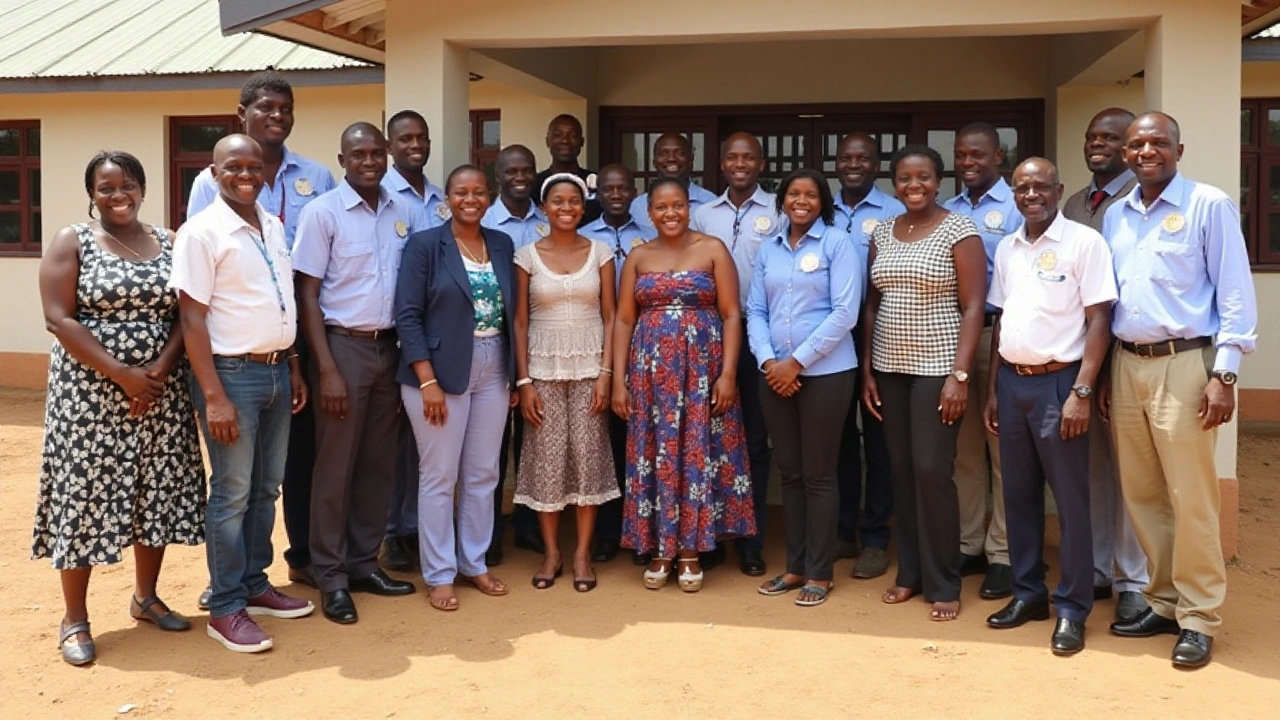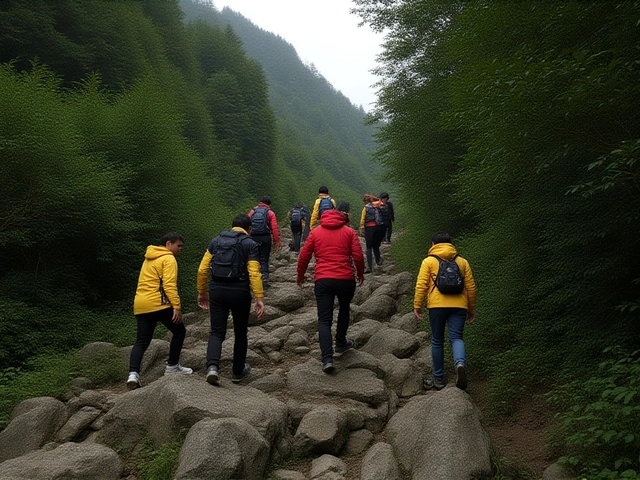Climate Adaptation: What It Means and Why It Matters
Climate adaptation is all about how we adjust to the changes that come with our shifting weather patterns. From rising floods to droughts, communities worldwide are figuring out ways to cope and survive. This isn't about stopping climate change—that’s mitigation—but about dealing with its effects right now.
Think of climate adaptation like fixing your home after a storm. You might build stronger walls, raise the roof, or install better drainage. Similarly, places hit hardest by unpredictable weather are investing in smarter farming methods, better water management, and early warning systems to stay ahead of disasters.
On the Ground: How Africa is Leading Adaptation Efforts
Africa faces its unique challenges like drought in the Sahel and floods in parts of South Africa. People there are adopting drought-resistant crops and rebuilding infrastructure to handle heavy rains. Governments and organizations are helping communities prepare by providing education and resources, so they’re not caught off-guard when the weather turns harsh.
Farmers, for example, are learning new planting schedules and soil conservation techniques. Some regions are restoring forests and wetlands to act as natural buffers against extreme weather. These practical moves help protect not just the environment but also food supplies and local economies.
Why Climate Adaptation Affects Us All
Even if you’re far from these hotspots, climate adaptation is something to keep on your radar. Food prices can shift, migration patterns change, and natural disasters disrupt global supply chains. Supporting adaptation efforts strengthens global resilience.
Want to do your part? Start by understanding the climate risks in your area, supporting local green projects, or simply spreading awareness. Adapting isn’t just emergency repairs; it’s building a smarter, stronger future that all of us can share.









